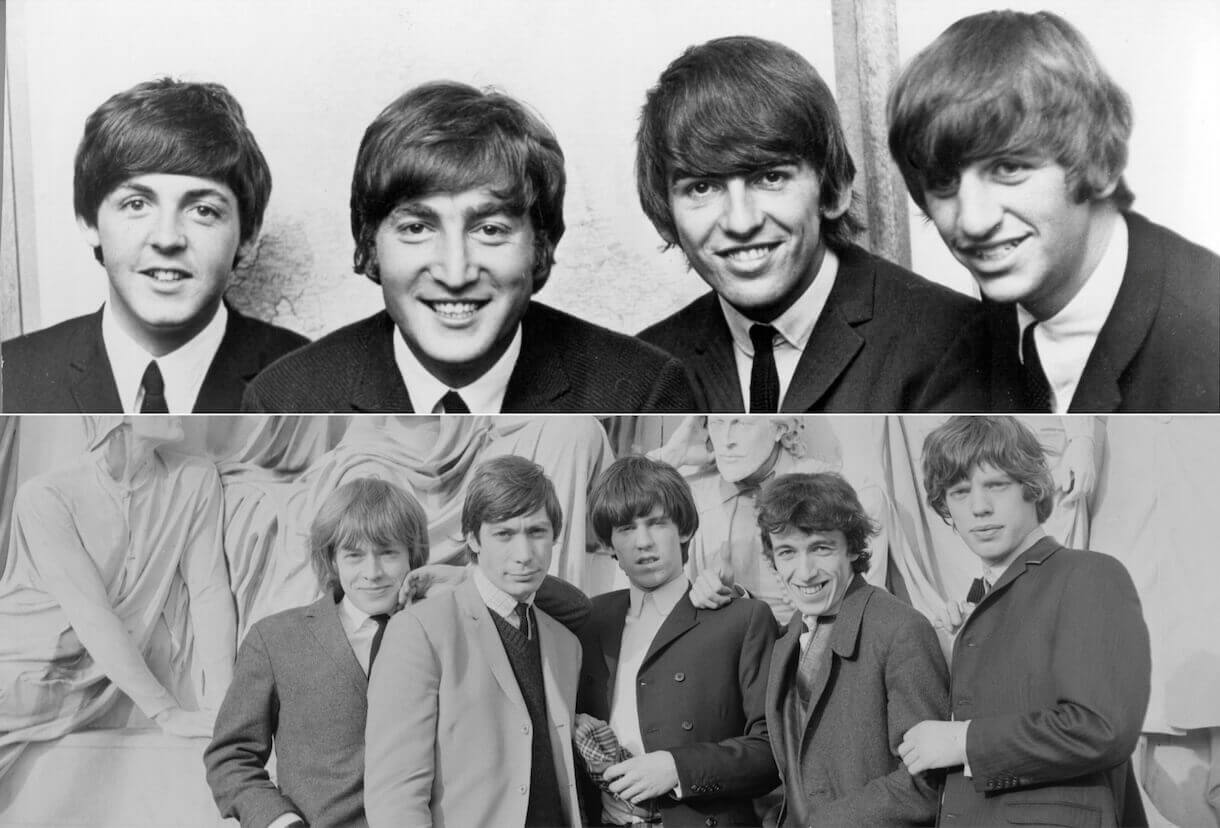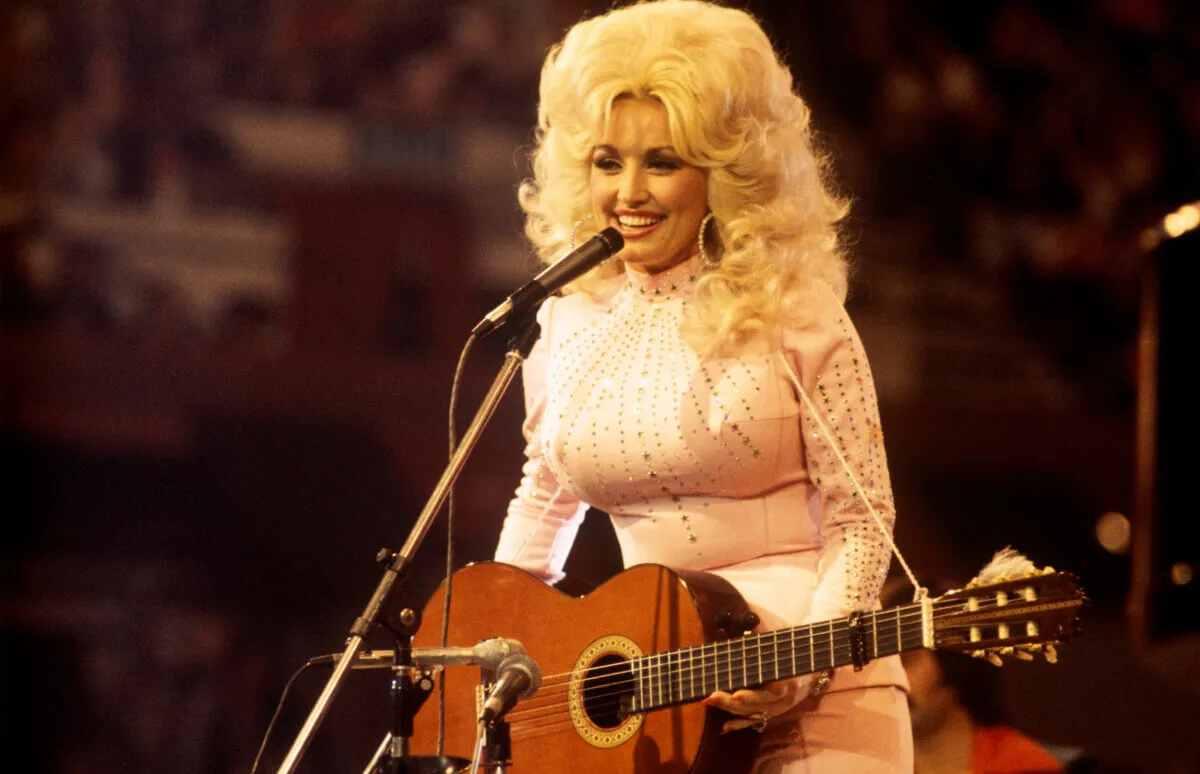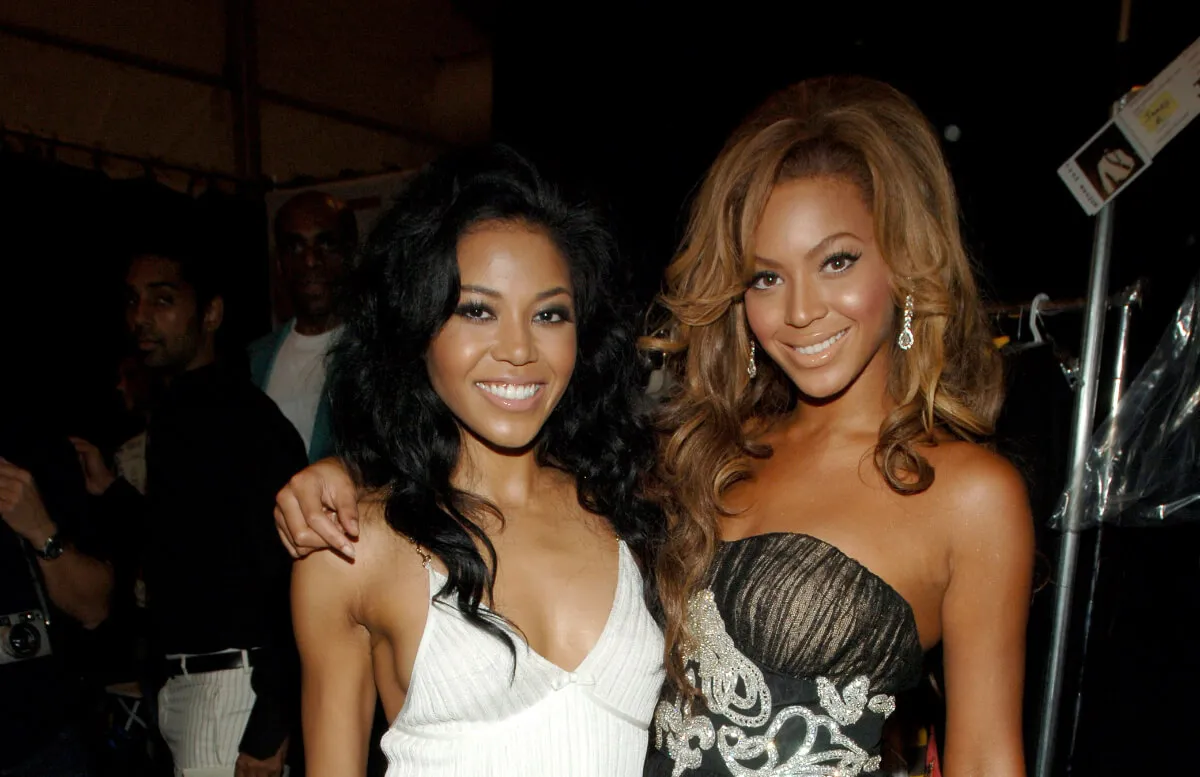
How The Beatles and Rolling Stones Were Exactly Alike
The Beatles had no peers when they were at the peak of their powers. Still, The Rolling Stones came close, with some help from John Lennon, whose throwaway song became their first hit. The bands cultivated different images — proper and respectful gentlemen vs. streetwise rebels — but The Beatles and Rolling Stones were exactly alike in one major way in the 1960s.
The band members personalities made The Beatles and Rolling Stones almost the same
Few (if any) classic rock fans would confuse the music the Beatles and Stones made, especially in each band’s early days. The Fab Four channeled their shared love of early rock ‘n’ roll and R&B into easily digestible pop hits. The Stones’ passion for blues came through on their first albums, where they covered Willie Dixon, Muddy Waters, Rufus Thomas, and Chuck Berry.
The differences extended beyond the music. The professionally-dressed Beatles were jealous of The Rolling Stones’ clothes.
For his part, Jagger wanted to be more like his counterparts in the world’s most successful band. George Harrison said the singer was always lurking around The Beatles and trying to suss out what direction they intended to go so the Stones could go, too.
For all the differences, though, The Beatles and Stones were alike in one secret way. They both had similar personalities within the band.
Think about it:
- Jagger and Paul McCartney were their respective groups’ career-focused, forward-facing members. Mick by design because he was the frontman and most photogenic of the Stones, and Macca by choice since he never wanted anything else than to be a famous musician.
- Lennon and Keith Richards were roguish and rough around the edges, the band members most likely to stir the pot.
- Harrison and Brian Jones were both pivotal to their bands while simultaneously being held back and overshadowed by a powerful duo. In time, Mick Taylor, who replaced Jones after he died, experienced the same thing as Harrison before leaving the Stones.
- Ringo Starr and Charlie Watts kept impeccable time on the drums. At the same time, both fit into the groove so well that their sizable contributions were overlooked at the time. Both of them, as well as Stones bassist Bill Wyman, were a bit older than most of their bandmates.
Many music fans saw the bands at opposite ends of the spectrum. When it came to the makeup of each group, The Rolling Stones and Beatles were almost exactly alike. That similarity and their status as two of England’s biggest bands helped them form a bond.
The two bands crossed over and collaborated several times
The Beatles and Rolling Stone traded insults, which contributed to the idea they were fierce musical rivals. Yet in the mid- to late-1960s, they were two of the only bands on earth that could understand what the other was going through.
They were internationally famous, scrutinized by the press, and hounded by their fans. Their members bonded over their shared experiences.
The Fab Four and the Stones both recorded the same song twice — the Lennon-penned “I Wanna Be Your Man” and covers of “Money (That’s What I Want).” Three Beatles songs featured some combination of Jagger and Jones. Beatles members worked with the Stones two times. Lennon and McCartney lent backup vocals to the Stones’ “We Love You.” Lennon played alongside Richards in the variety show film The Rolling Stones Rock and Roll Circus.
McCartney and Starr reportedly worked on a Rolling Stones song in 2023, with Ringo sitting in for the deceased Watts. In both temperament (relatively easygoing) and style (understated but tight drumming), Ringo is the perfect choice to sit on Watts’ drum stool.
For all of their differences, real and imagined, The Beatles and Rolling Stones were more alike than most people realized.
For more on the entertainment world and exclusive interviews, subscribe to Showbiz Cheat Sheet’s YouTube channel.


